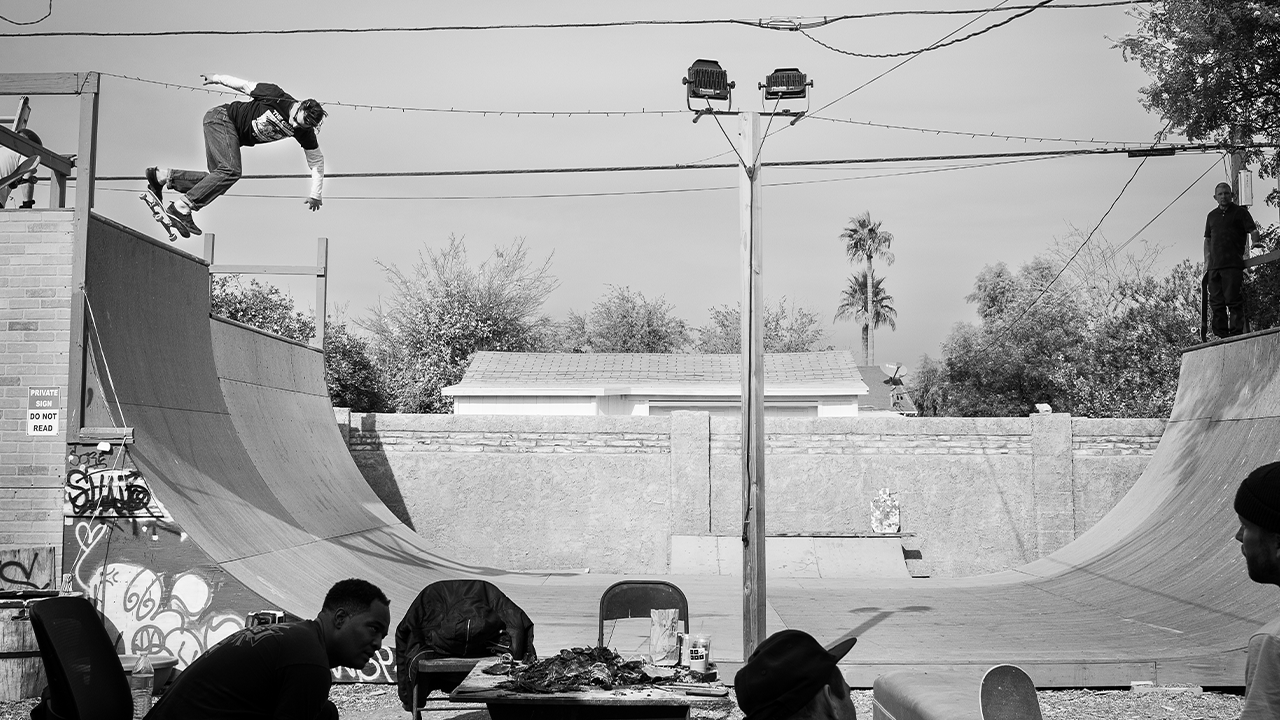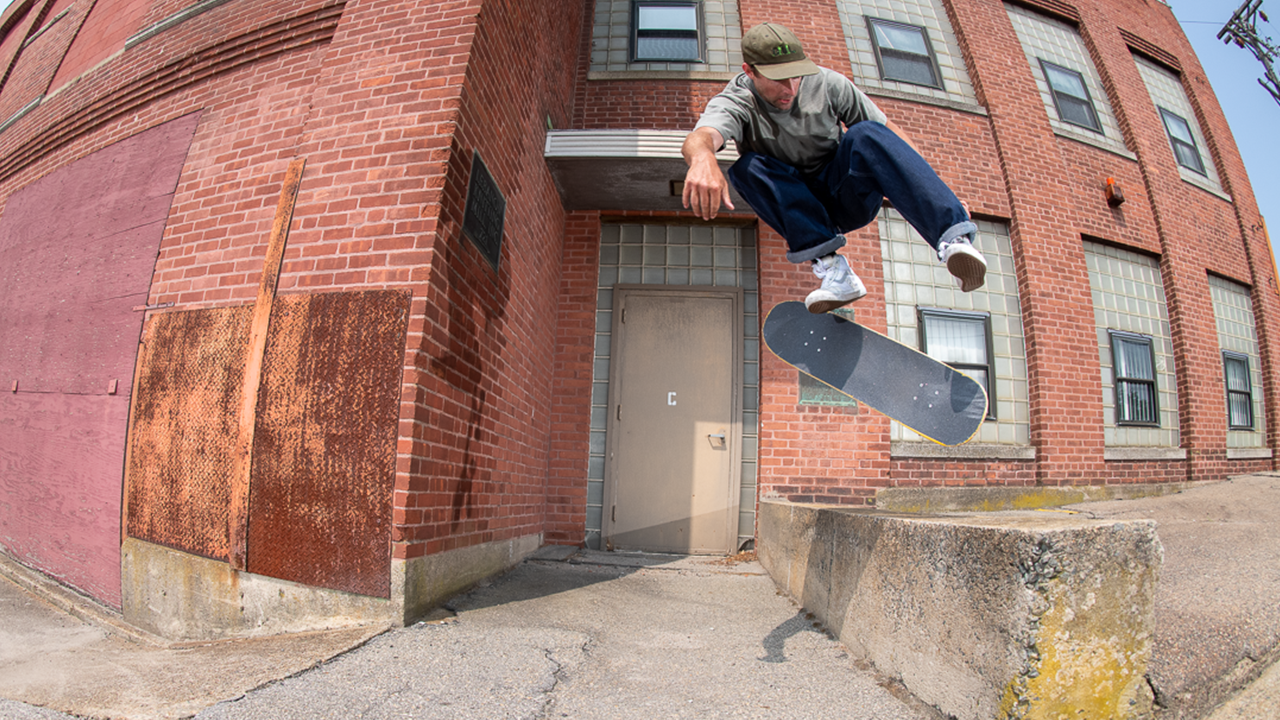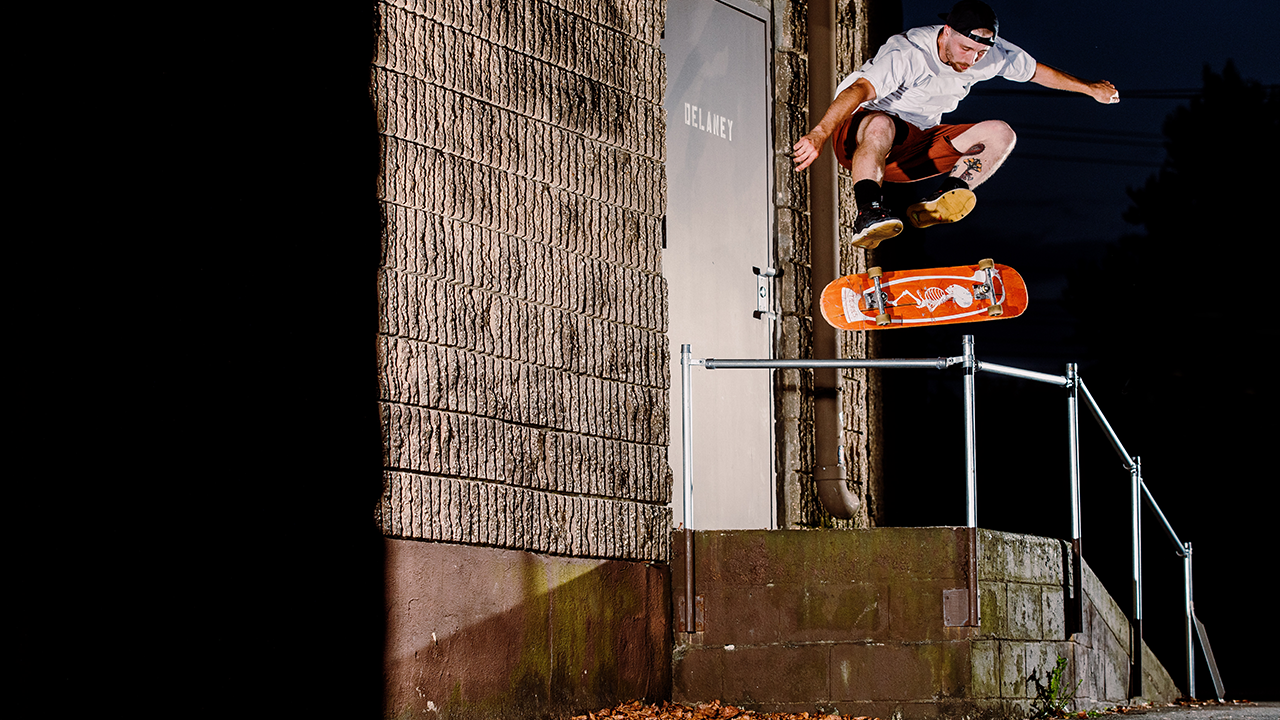Interview with Tim Van Asdonck by Larry Davis
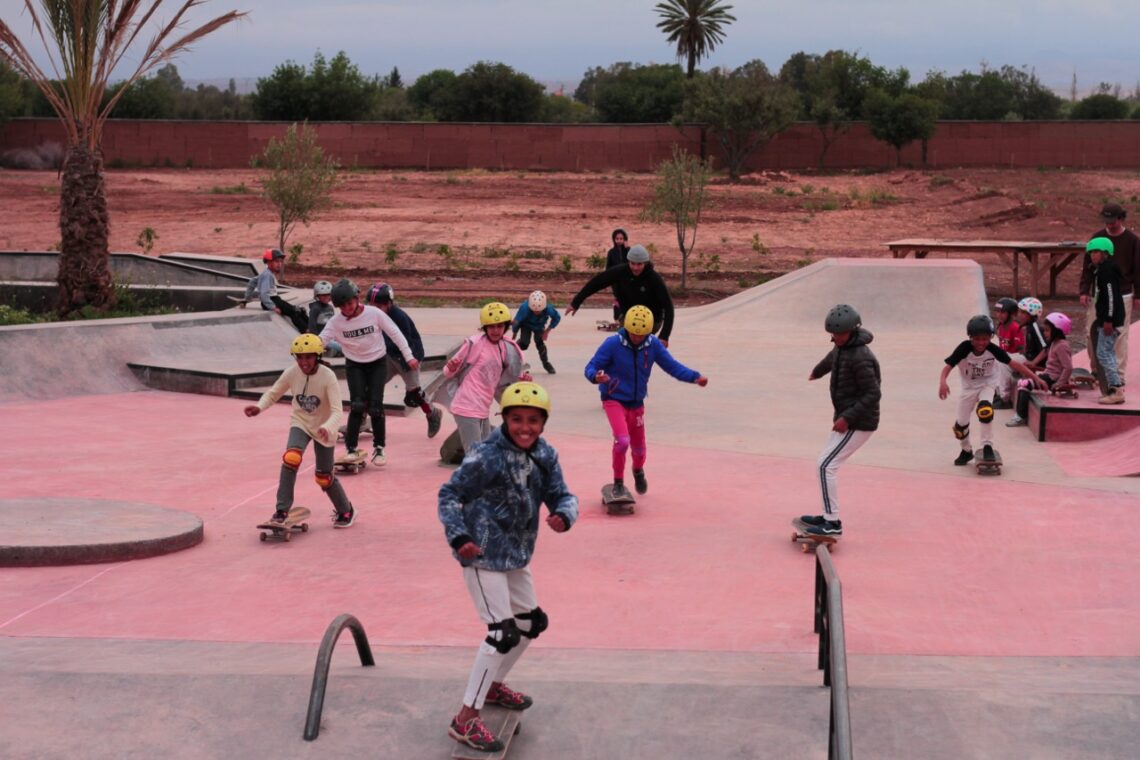
Tell me about the Concrete Jungle Foundation and how the skatepark got built.
Concrete Jungle Foundation is a charity organization that aims to stimulate personal and community development through skateboarding. We build skateparks in developing countries, in collaboration with communities that see the value in making a difference through skateboarding. We then work together with these communities to run youth programs and employ local people to work towards local and autonomous management of the projects. Centre Fiers et Forts was looking to expand the sporting opportunities for their children, so between them, CJF, and The Skateroom, who funded the project, the skatepark was built in March 2022. We came with a crew of international volunteers, some of whom were professionals in skatepark construction, and got in contact with the Moroccan skate scene to put together a team of apprentices who would learn the process of building a skatepark. We run the Planting Seeds Apprenticeship program to transfer the knowledge of skatepark construction to local skaters, as this knowledge is often not present in the countries we work. We hope this stimulates the locals to take ownership in more skatepark constructions in their country.
What is Centre Fiers et Forts?
They’re our partner in Morocco, they are a home that welcomes children in situations of trauma or social distress in a secure and safe environment. ‘Fiers et Forts’ translates to ‘proud and strong’, the sentiment the center tries to instill in the children.
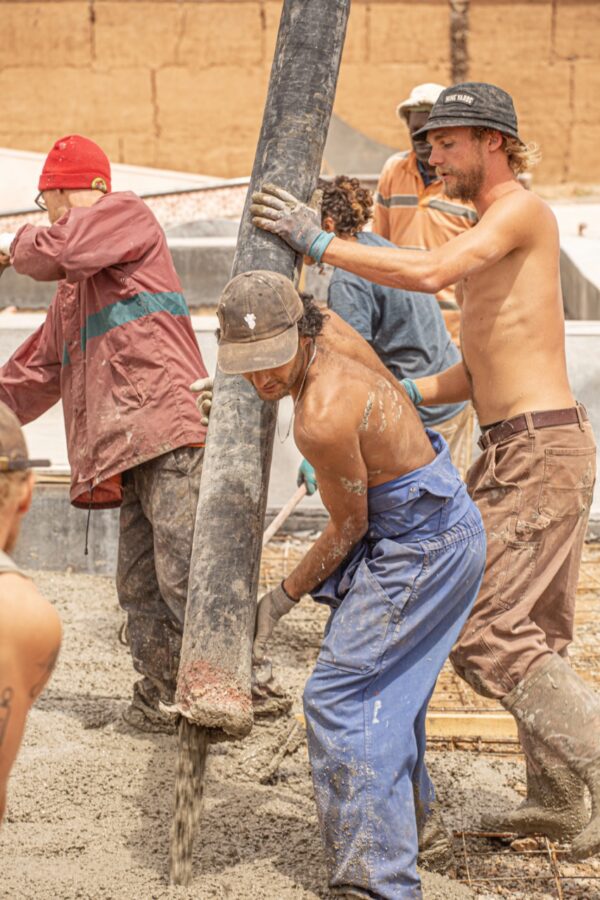
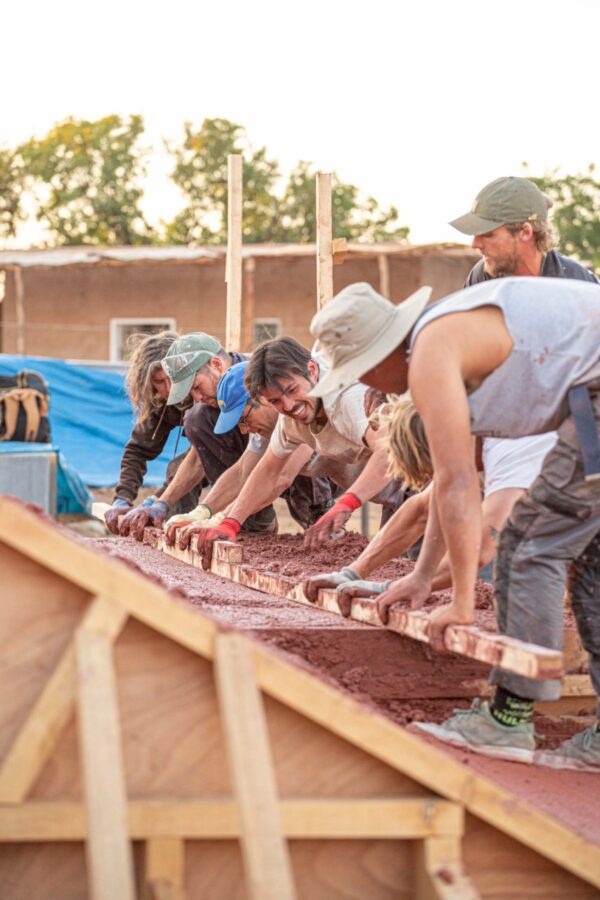
How did you get involved with CJF?
When I was studying childhood education and socialization in the Netherlands, I focused a lot on how sport, in specific skateboarding, could support a positive development for youth growing up in deprived situations. I volunteered with a few international skate organizations until I ended up with CJF when they finished building their first skatepark in Peru. They gave me the chance to formulate how the youth programming around the park could take shape, which were the first steps in developing the Edu-Skate program. I stayed a year until I was able to hand the project over to a local skater, at which moment we started to look if we could transfer our success in Peru to other communities in need. Six years later, we have built six skateparks in four different countries.
What’s the skate scene like there?
The Fiers et Forts project is one of the exceptions where there weren’t any skaters in town before we came. One of the local apprentices, Hanota, moved to Tamesloht to stay at the project as a skate teacher. He’s been a great inspiration for the kids. At this moment we’ve had over 150 people skating at the park, with over 50 kids taking part in skatepark programming on a weekly basis. The skate scene in Morocco is developing. There are plenty of amazing spots and some really exciting skaters scattered across the country, but unfortunately they have to do with very little support. There are a handful of skate shops, but only one with an actual physical shop. It is really exciting to see things grow, there’s no doubt that there is a lot of potential for an incredible scene to start forming here. Of course, growth has to come from within, but some support from companies or bigger events could really mean a lot for the skate scene here.

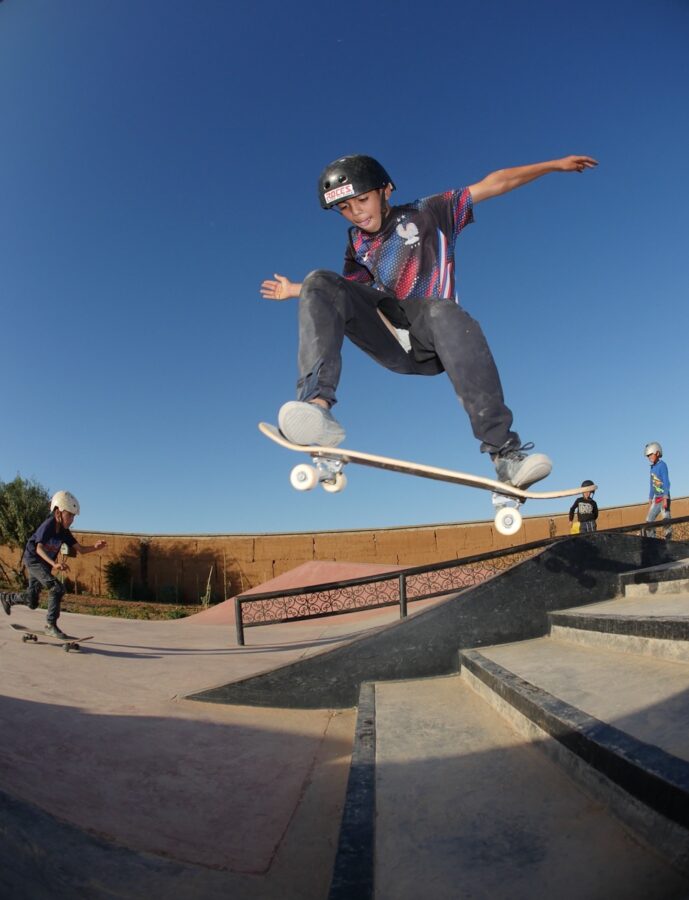
How did the home begin and what are the goals of the organization?
The center was started about 18 years ago by Madam Madou, who noticed there were a lot of children in the streets in the village of Tamesloht. She started caring for these children initially from a little garage she rented. The amount of children that visited her quickly grew, along with the care they required. So the initiative expanded over the years, resulting in the beautiful place it is today. The center has a big team that focuses on different areas: there are the cooks who prepare the food, the gardeners who grow fruits and vegetables, educators who support the children psychologically and in their education, and workshop teachers in many different fields. The children participate in all aspects of the center, resulting in a very wholesome approach to life education.
What is Tamesloht like, and where is it located in Morocco?
Tamesloht is a traditional village near Marrakech, surrounded by arid land under the backdrop of the Atlas mountains. Many people live off artisanal crafts like pottery and you could say life is a bit more simple here compared to bigger cities in Morocco. The lack of financial wealth is compensated by social wealth, people are very friendly and eager to help others.
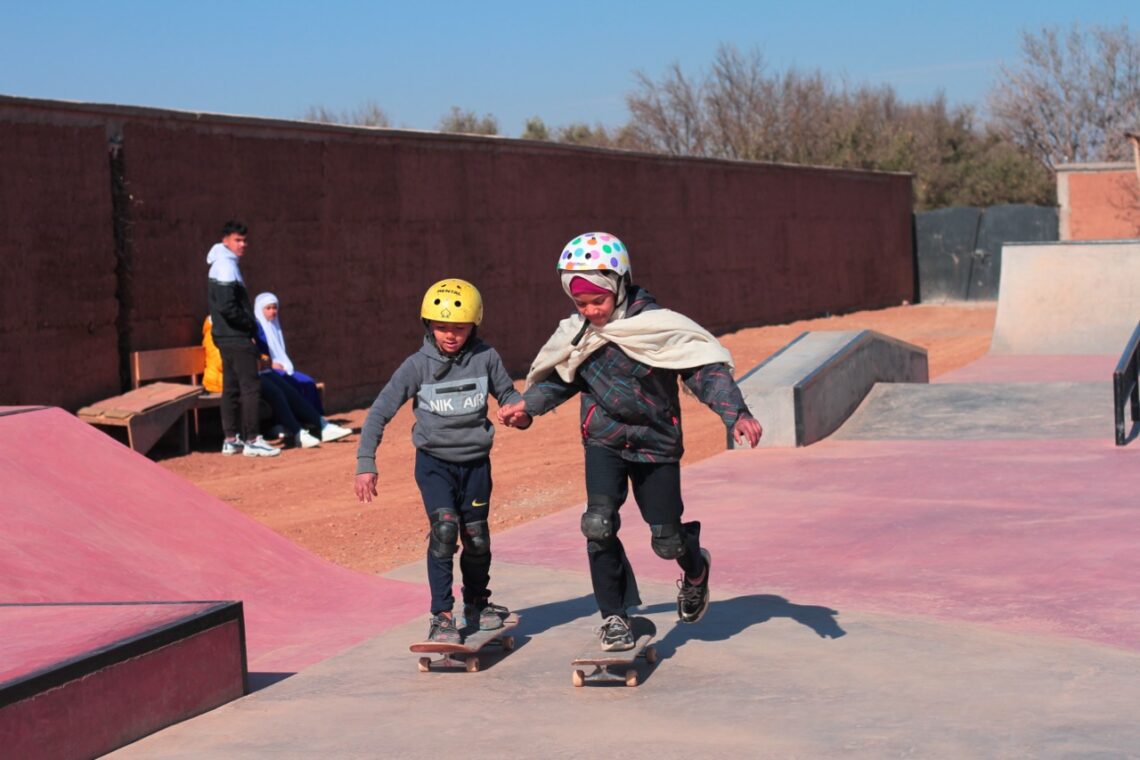
What has been the reaction to the park and program since it started?
Hype! The kids are stoked to skate and the educators see that it contributes to their development. It’s great the kids are excited, but the observations of the educators mean a lot. They have been working with these kids for years, so they are in the best position to notice how the skatepark and programs affect them. Besides that, we started opening up more to the kids from the village recently. The mix between the children results in some great socialization experiences, and only increased the excitement for skating.
What does an average day look like at the skatepark?
Depends on the time of the year. In the summer it gets over 120 degrees, so in the runup to summer and the period after, activities are limited because it’s hard to do anything. We do a session when the kids come out of school and have workshops on the weekends where skaters from Morocco come over to teach the kids different crafts and skills. In the cooler six months, the kids have a session in the morning and in the afternoon, with a similar workshop schedule.
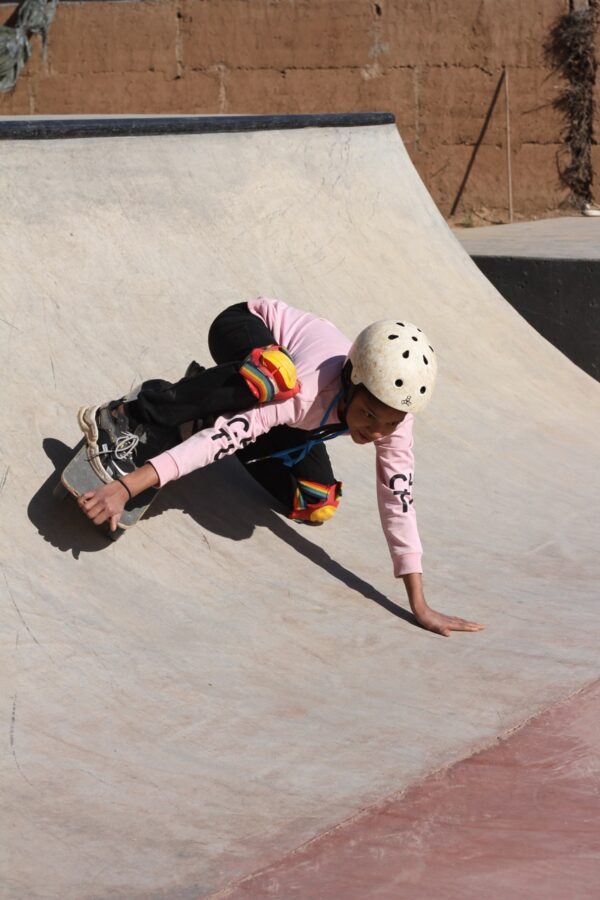
Tell me about the staff at the park and what goes on during class?
Hanota is the head teacher. He is an unbelievable skater who somehow completely destroys while only having the use of one of his eyes. He won the unofficial title of ‘African Skater of the Year 2022’. The children can relate a lot to him, as he also didn’t have the easiest environment to grow up in.
Kamal is the Skatepark Manager. He originally was hired by the center as the nightguard, but he quickly got completely captured by skateboarding and is now managing a number of responsibilities for the skatepark as well. It’s quite incredible to see that over one year he learned to speak English, how to work with a computer, how to manage the schedule and many more things. Kyrian is the program manager. He oversees the communication and general organization of the skatepark. This would normally be my job, but as CJF is growing, there are other responsibilities on my plate now. I’m spending my days on my laptop and having calls with all our staff and projects worldwide. In the end, my heart lies in the activities with the kids of course, so I try to join the programs as much as I can.
What do you want to tell readers about Marrakech and the surrounding areas?
The world is full of diverse beauty. I have been lucky enough to be able to experience a lot of different environments on this planet through skateboarding and every place has its upsides and downsides. From the outside, Marrakech and the surrounding area could seem like an uncomfortably hot desert and a challenge in cultural and language differences, but there is a wealth of beautiful experiences to be made here. I didn’t plan to stay here after the construction, but I’m still here. Be open to new experiences, you never know what they might bring you.
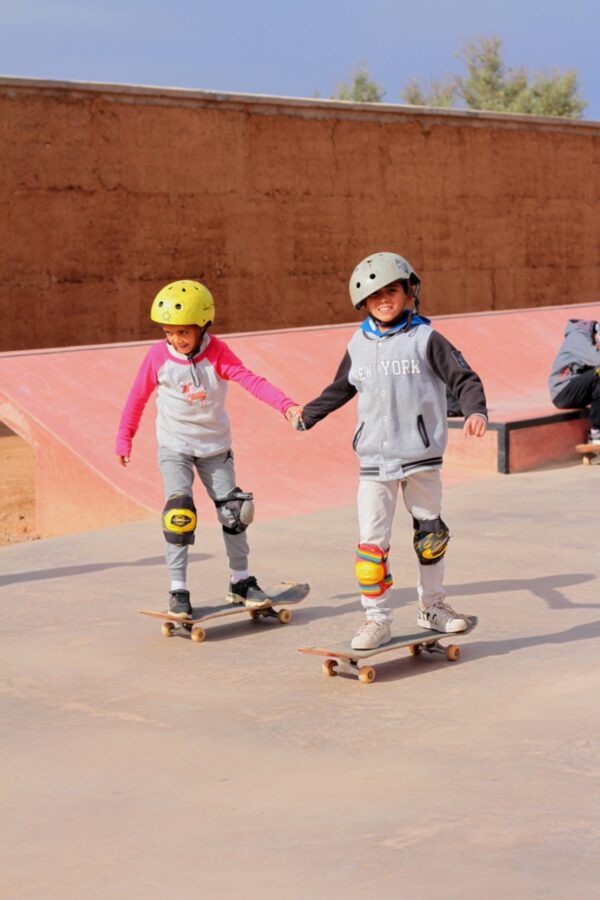
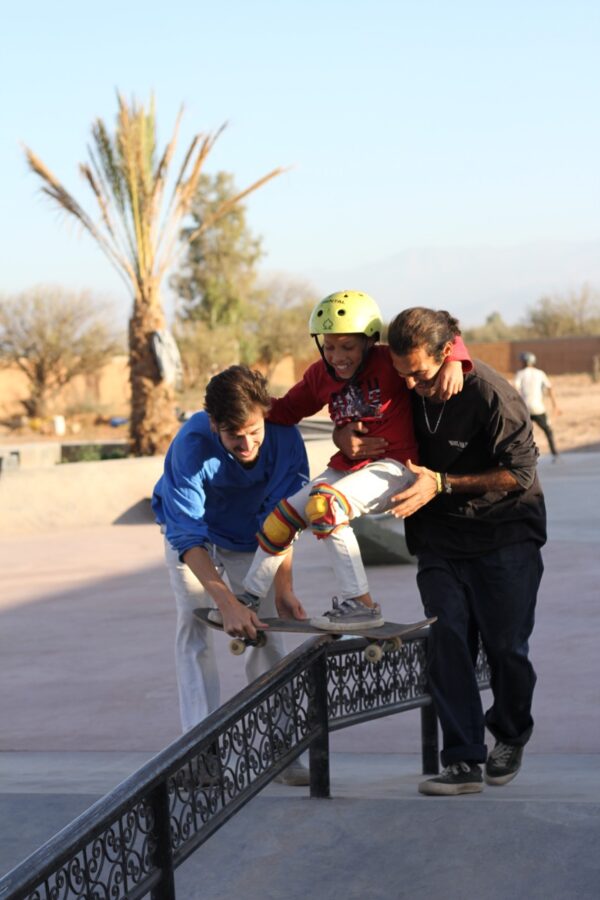
How can people support the program?
We have a monthly donation program, the CJFamily, where you can support our project with a small monthly donation. We are registered as a charity organization in the USA, so you could even deduct your donations from your taxes. This allows us to keep paying our local staff members to run the projects, get skateboard donations, and cover other expenses. I am personally very touched to see the CJFamily grow into a worldwide community of people that see the value skateboarding can provide to a child, and enable us to keep achieving that.
Is there anything else you’d like to say or people you’d like to shoutout that have helped CJF grow?
I really think it speaks to the beauty of skateboarding that an initiative like CJF has been able to grow to what it is today. If it wasn’t for the support of skaters and skate companies that volunteered, donated, or contributed in any way they could, it wouldn’t have gotten off the ground. Besides that, I want to give a shoutout to everyone in the local communities we’ve worked with for their trust, motivation, and passion. Skateboarding has always been the bond that united us to work together on improving the lives of the people we serve. It is passion that

Find out more about CJF and joining the CJFamily by visiting their website or their instagram @cjf_morocco @concretejunglefoundation

